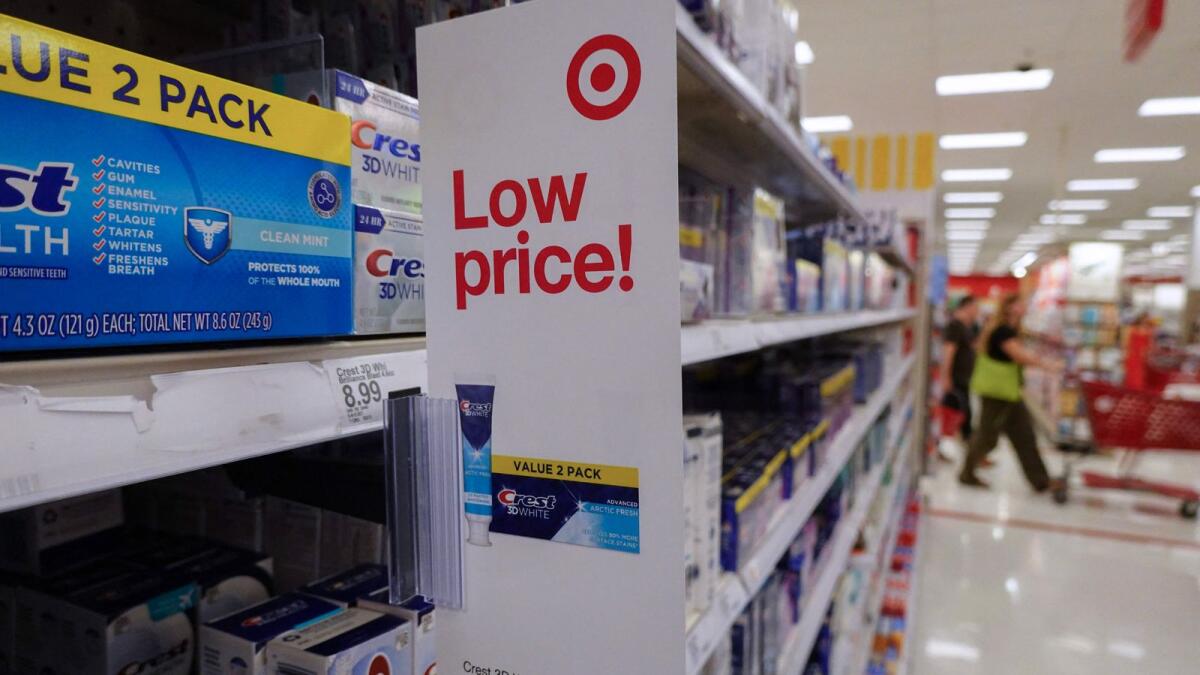The latest data from the Labour Department shows that US consumer prices fell for the first time in four years in June, largely due to lower petrol costs and moderating rents. This drop in consumer prices has put disinflation back on track and brings the Federal Reserve closer to cutting interest rates in September. The report indicated a continuing trend of benign consumer price readings, which should give the Fed confidence that inflation is cooling after surging earlier in the year.
The underlying inflation measure also saw a small increase, signaling a high probability of the Fed starting an easing cycle in September. Economists believe that unless there are unexpected price spikes in July, the central bank will likely reduce rates in September. The consumer price index dropped by 0.1 per cent in June, the first decrease since May 2020, with declines in gasoline prices and moderate increases in shelter costs and food prices.
The annual increase in consumer prices has slowed from a peak of 9.1 per cent in June 2022, narrowing the gap with the Fed’s 2 per cent inflation target. Despite the recent improving trend in price pressures, Fed Chair Jerome Powell has not yet declared that inflation has been beaten. Financial markets are predicting an 85 per cent chance of a rate cut at the Fed’s September meeting, compared to a 70 per cent chance before the latest report.
The core CPI, which excludes food and energy components, saw a minimal increase in June, largely attributed to a moderation in rents. Other sectors, such as healthcare costs, airline fares, and used cars and trucks, experienced price decreases. However, household furnishings and operations, as well as personal care, education, recreation, and apparel, saw cost increases. The labour market also showed signs of slowing, with job openings remaining stable and unemployment rates increasing.
Despite a drop in initial unemployment benefits claims, the labour market is facing challenges, with volatility around holidays affecting data readings. The claims data can be misleading due to seasonal fluctuations caused by factors such as automobile manufacturers shutting down plants for retooling. Overall, the economy is showing signs of cooling, influenced by the Federal Reserve’s previous interest rate hikes. However, it remains uncertain whether this trend will continue or if further rate cuts will be necessary to stimulate economic growth.










